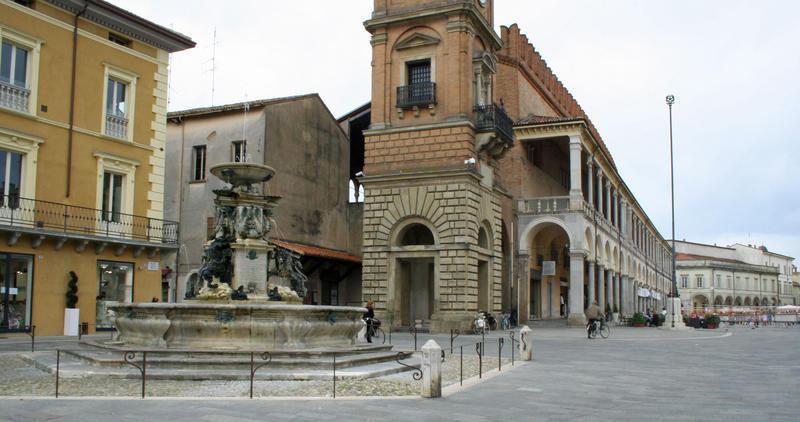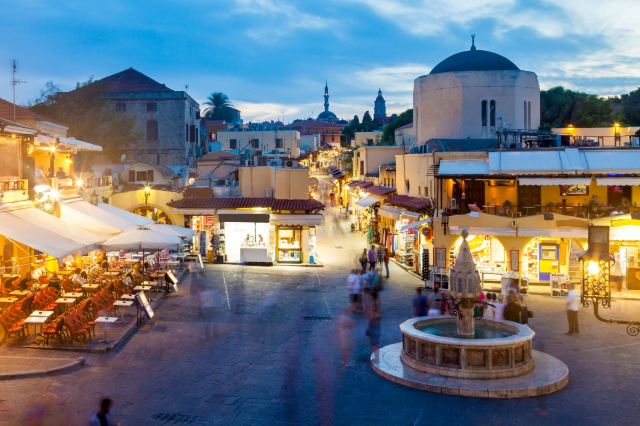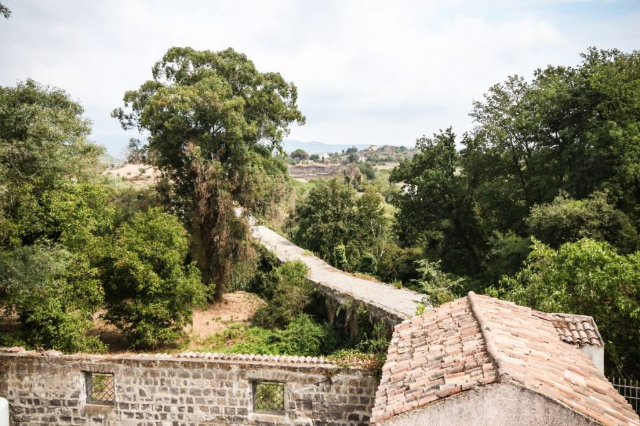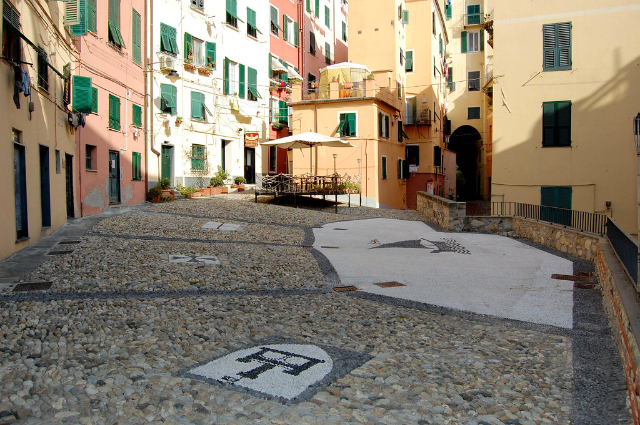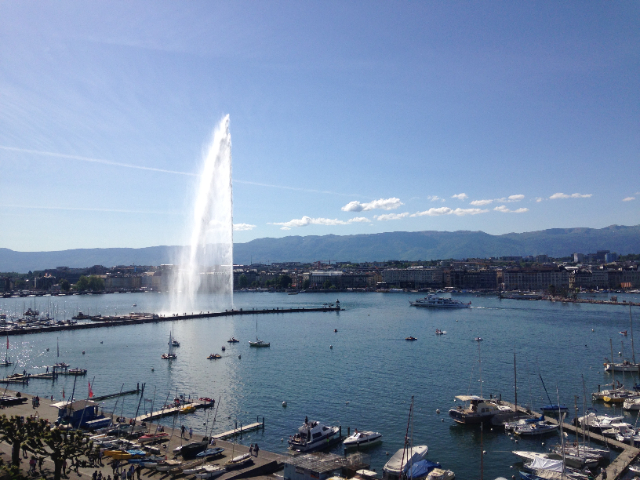Piazza della Libertà is not physically separated from Piazza del Popolo (so much so that the people of Faenza do not make precise distinctions between the two and tend to use the all-encompassing name of "piazza" and that’s it) but only divided by the layout of the two avenues (Saffi and Mazzini), which moreover do not constitute a barrier or a solution of continuity at all. However, Piazza della Libertà has very different characters: it is dominated by the imposing facade (unfinished but perhaps also for this reason extremely striking) of the Duomo, which stands on a scenic and relevant staircase. Next to it, on the right side, is the Monumental Fountain, exquisitely Baroque (it dates from 1621) but not contrasting with the Duomo’s great Renaissance bulk. Also Baroque is the Civic Tower, made of brick on an ashlar base, rebuilt immediately after the war (the original was undermined by the retreating Germans in December 1944) in forms and materials almost identical to the original as described by Dino Campana in the "Orphic Songs." Also seventeenth-century is the characteristic loggia in front of the cathedral, known as the Loggia dei Signori or degli Orefici, built between 1604 and 1611 with columns of yellow Varignana stone. To the left, elegant early 20th-century buildings flaunt Art Nouveau ceramic and wrought-iron decorations by Officine Matteucci.
In short, Faenza’s second square is not characterized by a single style, but by the combination of very different styles that are incredibly well harmonized to form a whole.
